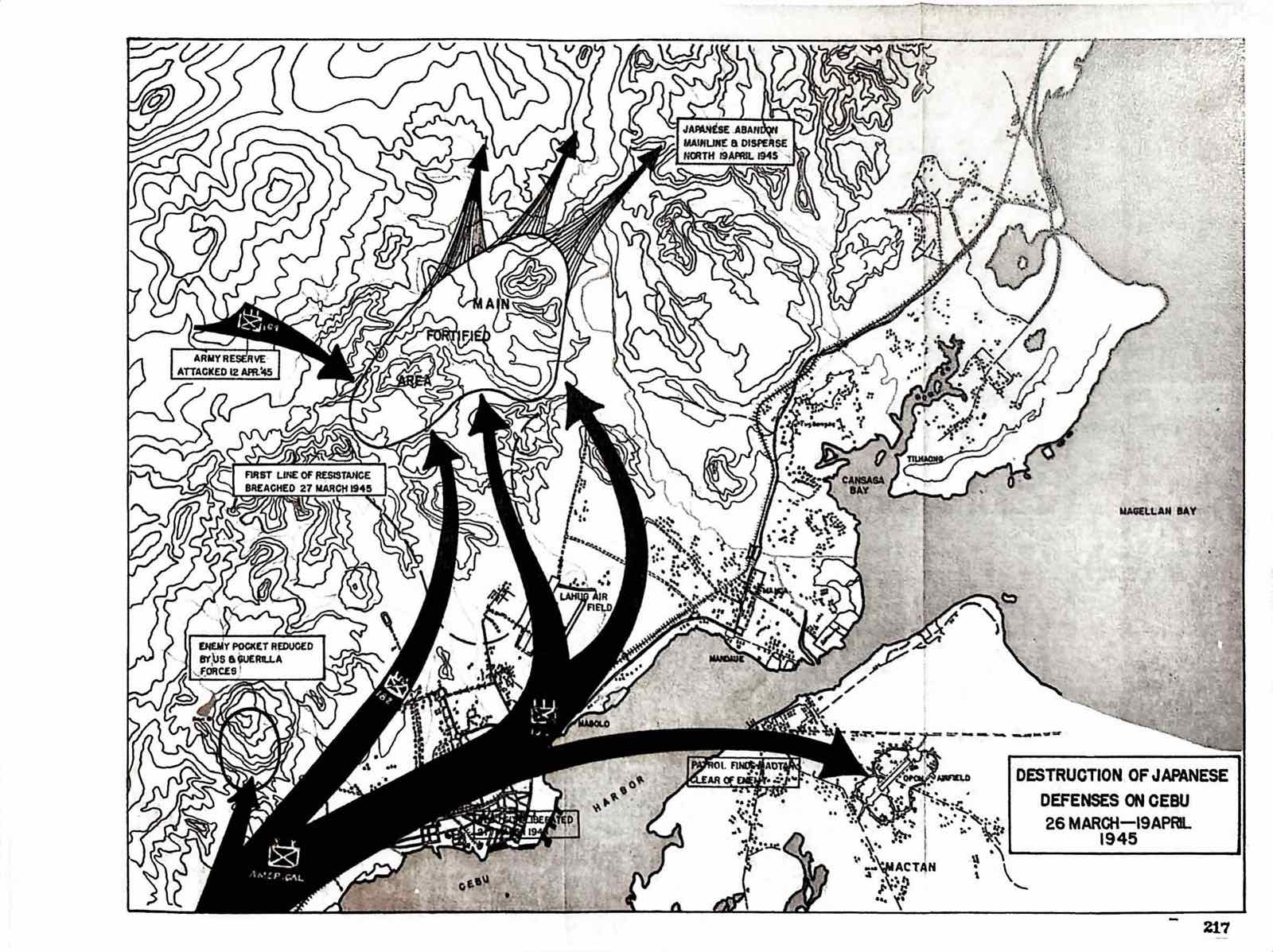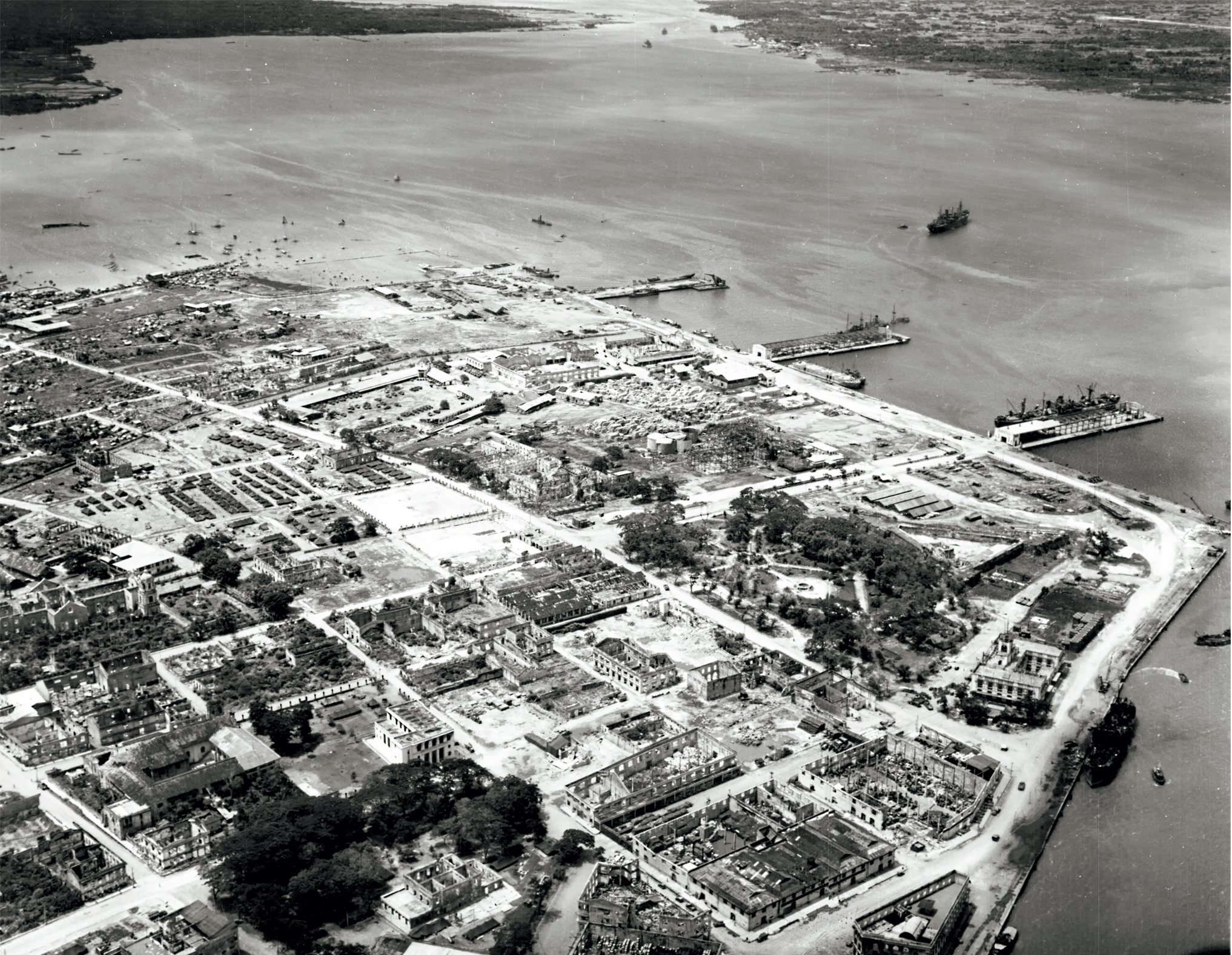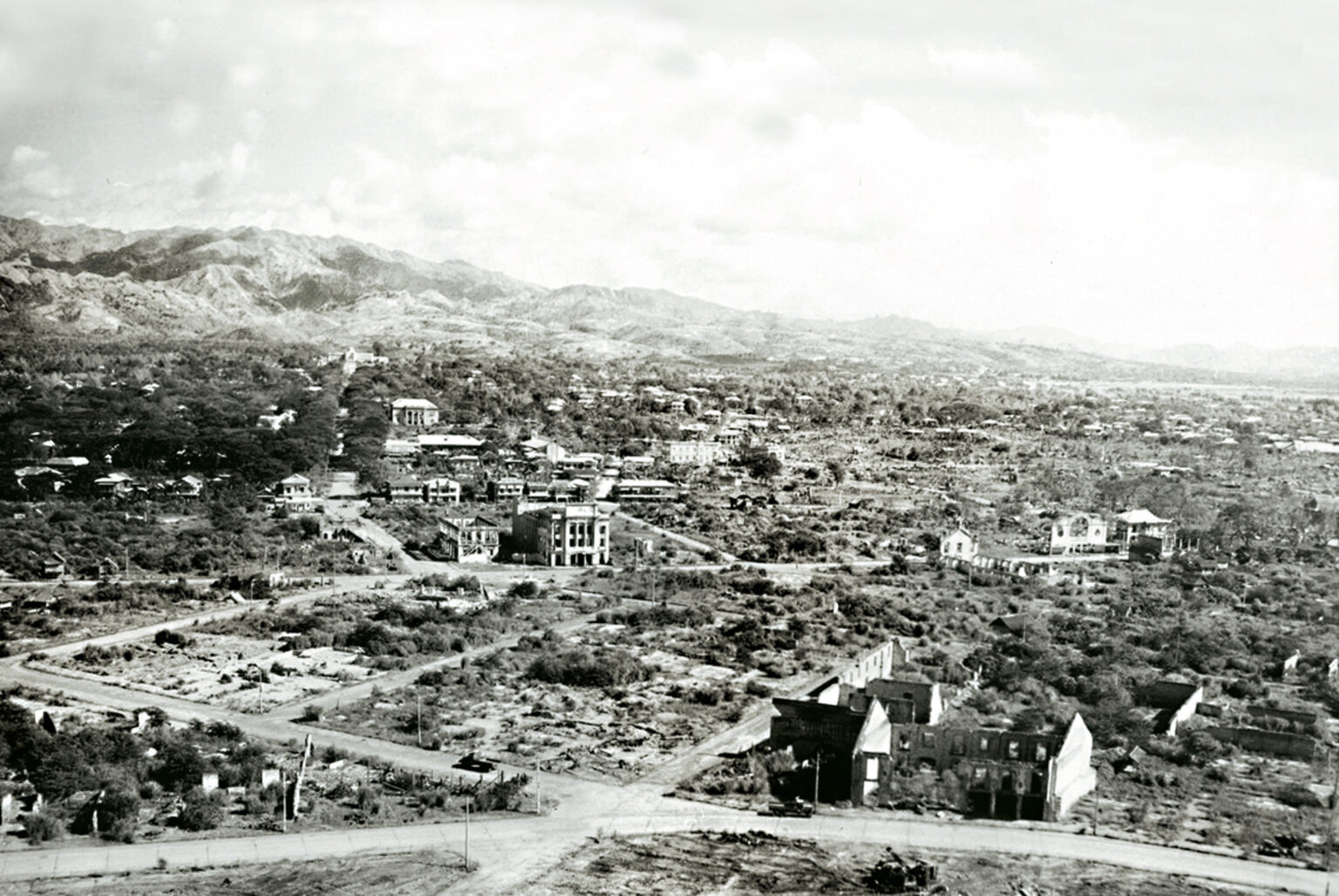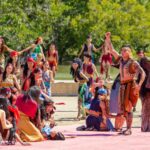This was to be no easy task as events that unfolded would show.
Following the American landings in Leyte that began on October 20, 1944, Japanese forces in Cebu had hastily constructed a series of nearly 500 tunnels on the hills overlooking the city, running from Antuanga in Pardo, Buhisan in Labangon, Baksan above Guadalupe and on to Babag Ridge up to the city’s upland suburbs of Talamban, Bacayan and Pit-os.
It was, thus, along this natural mountainous barrier above Cebu City, now famously lined with restaurants, cafes and hotels, that the Japanese would conduct their main defense of the island, firing down on US and Cebuano troops. Maj. Gen. Takeo Manjome, who headed the Japanese defense of the island, had seemingly decided to avoid the bloody street battles that claimed over 100,000 civilian lives in Manila the month before.
Arrayed against this formidable defense perimeter was the Americal Division, formed from various US fighting units in the New Caledonia sometime in 1943 and thus the name, “Americal”, short for “Americans in New Caledonia.” Its commander was Maj. Gen. William Arnold, the youngest division head in World War II.
Aided by Cebu Area Command (CAC) guerrillas, the Americal Division landed in Cansujong, Talisay on the morning of March 26, 1945, encountering only weak sniper fire and no organized resistance. The road to Cebu City was, however, heavily mined so that its liberation would await another day.
As the Japanese did in 1942, however, the liberators could see clouds of smoke billowing from the city as enemy demolition units were going about burning it. Adding to the devastation were American planes dropping bombs on the once-beautiful city to flush the enemy out.
The following day, March 27, the Americal Division’s 132nd Regiment finally entered the city proper, reaching the Cebu Capitol by afternoon and experiencing for the first time strong enemy firepower from the hill behind.
The following day, Lahug Airfield (now home to IT Park) and Gochan Hill, Hill 30 (where Ecotech and other national government offices now stand) as well as what are known today as PC Hills and Nivel Hills would see high casualties as the enemy fired relentlessly upon advancing troops from above, right where the telecommunications towers down to Marco Polo Hotel are located today.

It was on Gochan Hill that one of the most tragic events of the war unfolded on March 28: the wipeout of Company A, First Battalion of the 182nd Regiment. While attempting to conquer the hill, three Sherman tanks fired on tunnels below it not knowing that the enemy had hidden bombs there. Over 100 American troops were instantly killed while the tanks themselves were overturned by the force of the explosion. Two days and 200 dead Japanese troops later, Gochan Hill was finally captured, with its 82 enemy pillboxes completely destroyed.
As Lahug Airfield and its perimeter hills were finally cleared of the enemy, the assault on Babag Ridge began on April 1, 1945. US B-24 bombers from aircraft carriers in Leyte would assist in what would turn out to be three weeks of incessant assault against the enemy entrenched inside caves and tunnels said to reach far as Gaas, Balamban along the mountainous backbone of the island.
The Americal Divison’s 164th Infantry had to be called in from Leyte to assist in fighting the stubborn enemy. By April 13 a combined US and CAC assault coming from all sides would eventually force Gen. Manjome to call for a graduated retreat to the north, with the last enemy troops leaving by April 19, 1945. It is believed that the Japanese lost over 2,000 during this 19-day assault while the US lost 200 of its troops.
Out of something like 19,000 Japanese men, women and even children who eventually evacuated to Cebu following the battles that ensued in Leyte and the rest of the Visayas, only about 9,000 of them would live to surrender to the Americal Division on August 28, 1945 in Caduawan, Tabogon, marking the formal end of the Japanese Occupation of Cebu.
Today only a solitary statue of the Kanon (Guanyin in Chinese), the Goddess of Mercy, stands near the tennis courts of Marco Polo Hotel to remind everyone of the fierce battles and the senseless death and destruction during those fateful days. Thankfully, the statue is dedicated not just to the Japanese but also to Filipinos who shed their blood to redeem our freedom.




